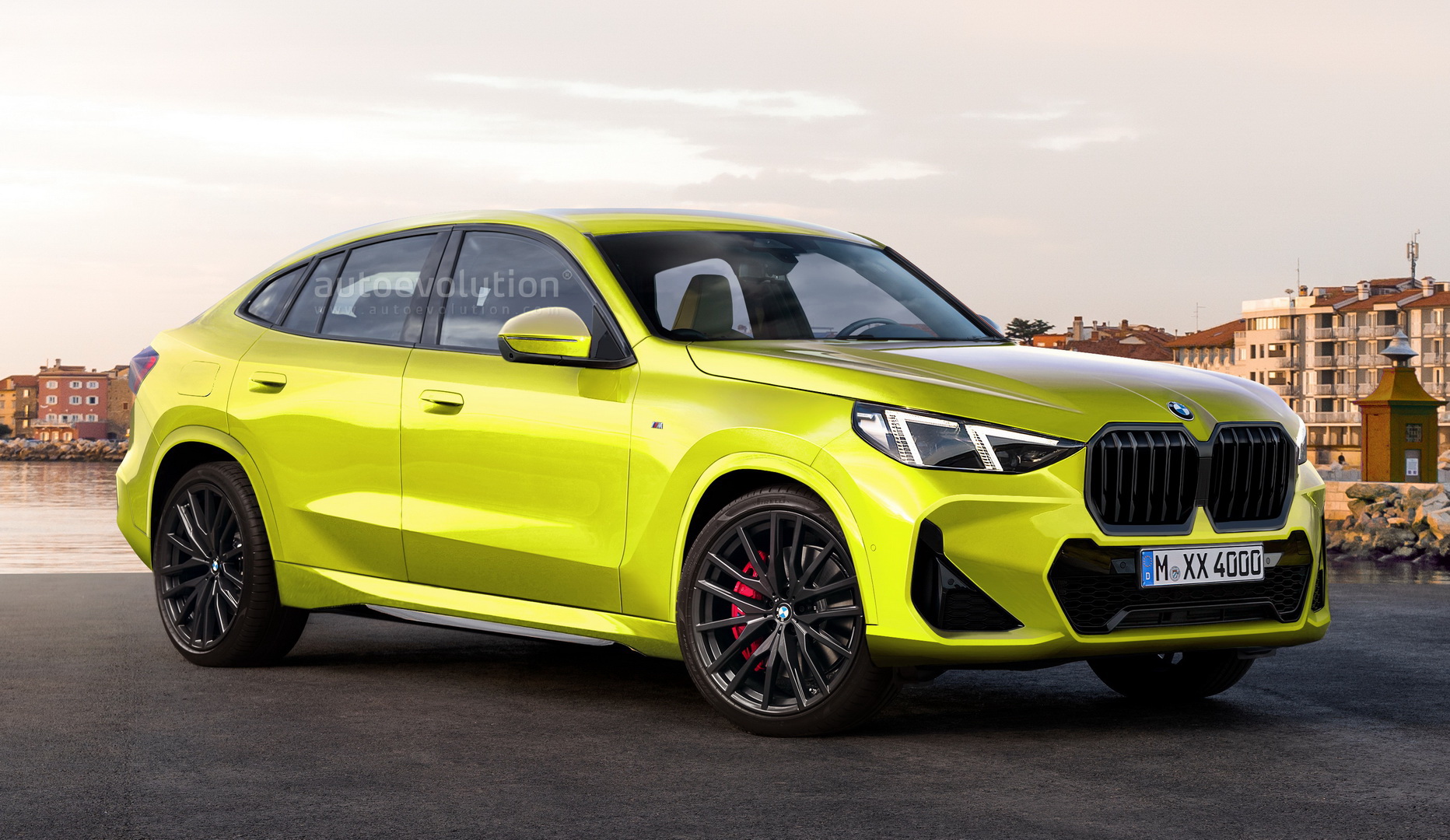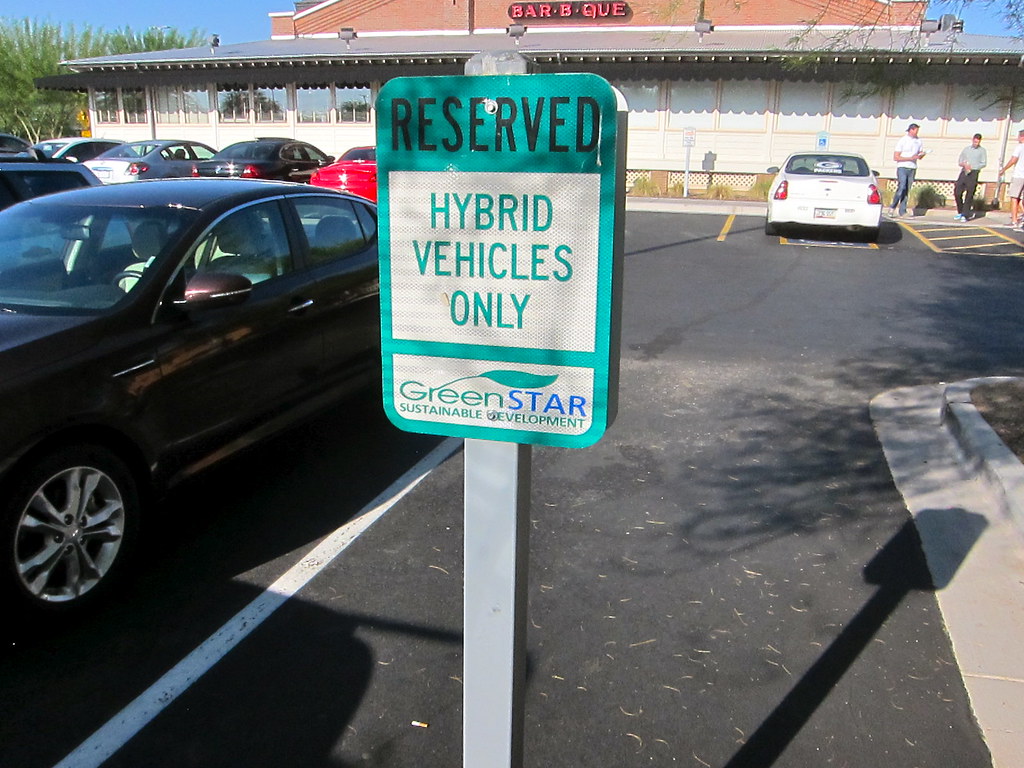
A decade ago, the U.S. market offered only two hybrid car models, a stark contrast to the nearly 50 available today. This dramatic increase reflects automakers’ strategies to meet stringent federal fuel economy goals and cater to a growing consumer base drawn to hybrids for their fuel efficiency, lower emissions, and advanced technological features. What was once a niche product for early adopters has undeniably entered the mainstream, capturing a significant share of the market, with almost 8% of all new vehicles sold in 2023 being hybrids, totaling approximately 1.2 million cars, SUVs, and trucks.
Yet, beneath the glossy appeal of fuel savings and environmental benefits, a more complex financial picture often emerges. While hybrids are marketed as cost-effective alternatives, the reality of ownership can include a range of hidden costs that challenge the assumption of effortless savings. These expenses, often overlooked in the initial excitement of purchase, can significantly erode the financial advantages gained from reduced gasoline consumption, making a comprehensive understanding of hybrid ownership crucial for prospective buyers.
This in-depth analysis will meticulously dissect various components that contribute to the total cost of owning a hybrid vehicle. By examining factors beyond the sticker price, such as specific repair costs, insurance premiums, and the nuanced realities of fuel economy, we aim to provide a pragmatic and unbiased perspective. Our goal is to equip consumers with the detailed, evidence-based insights necessary to make truly informed decisions that align with their financial goals and driving habits.
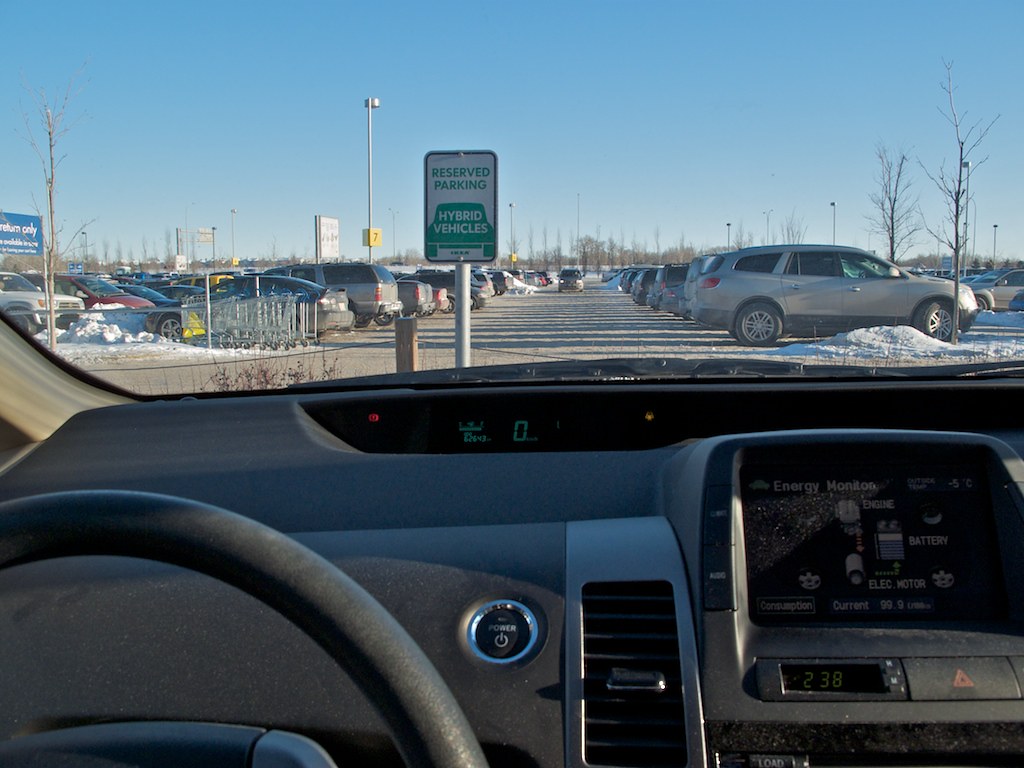
1. **Higher Upfront Purchase Price**One of the most immediate and significant hidden costs of owning a hybrid vehicle is its typically higher upfront purchase price compared to a gasoline-powered equivalent. Hybrid cars, SUVs, and trucks, including the plug-in variants that emerged in 2012, often command a premium ranging from several thousand dollars to as much as $13,000 more than their conventional counterparts. This price difference primarily stems from the advanced technology and specialized components inherent in hybrid drivetrains.
For instance, the base 2013 Volkswagen Touareg Hybrid SUV was priced at $13,190 more than the base Touareg VR6, and the Audi Q5 Hybrid SUV started at $13,091 more than the gas-only Q5. While hybrid models often include a number of features as standard equipment that are either pricey options or unavailable on base gasoline versions, a considerable “hybrid technology premium” still contributes to their higher initial cost. There’s also the unique case of the Lexus LS 600h L hybrid, which was priced almost $25,000 higher than its closest gas-only stablemate, the Lexus LS 460 L.
Even with exceptions like the 2013 Mercedes-Benz S400 Hybrid, which was $2,650 less than the S550 sedan, or the 2013 Lincoln MKZ hybrid and Buick Regal Hybrid, priced the same as their gasoline counterparts, the general trend points to a higher initial outlay. This premium requires a longer period for fuel savings to offset the initial investment, a critical factor for budget-conscious buyers to consider. The true cost equation extends far beyond the sticker price, demanding a closer look at long-term ownership expenses to determine if the investment genuinely pays off.
Read more about: Fort Knox on Wheels: The Ultimate Guide to 15 Anti-Theft Devices That Keep Your Classic Car Safe and Sound
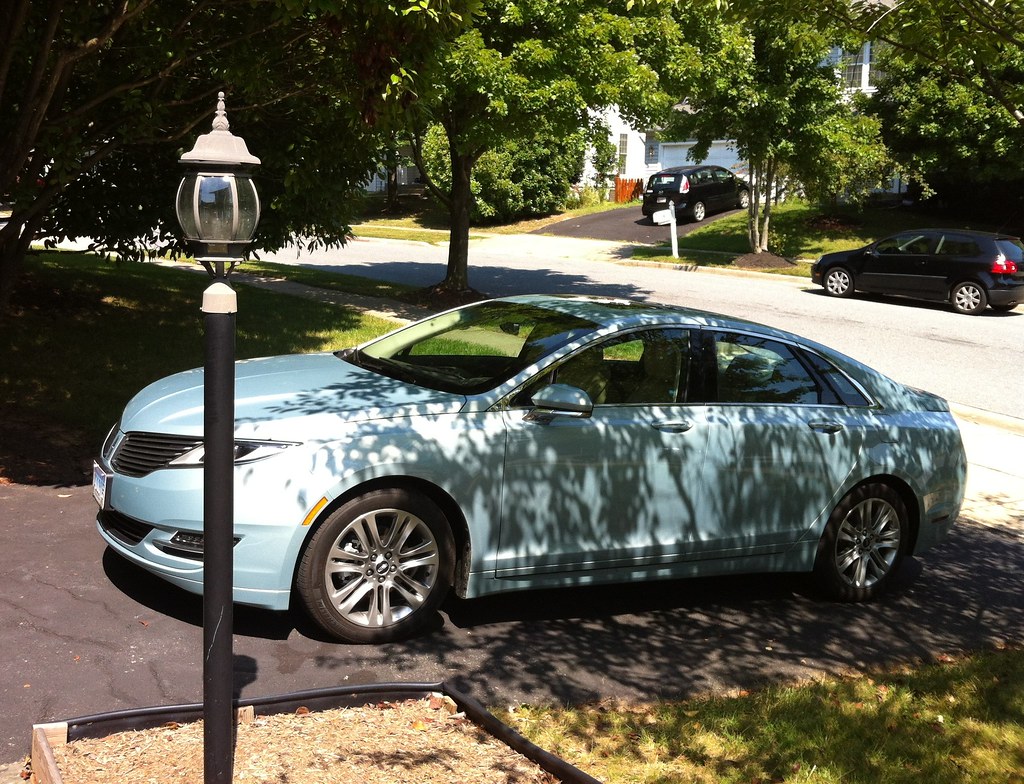
2. **Limited or Phased-Out Tax Incentives for Conventional Hybrids**While federal tax credits can help offset the premium for plug-in hybrids, the situation is different for conventional hybrids (those without external battery charging capability). The landscape of incentives has shifted significantly over the years, with most federal tax credits for conventional hybrids having been phased out by the end of 2010. This means that a key financial advantage that once helped reduce the effective purchase price for early adopters is largely no longer available for new conventional hybrid buyers.
Similarly, many state and regional incentives for hybrid purchases have also been phased out as these vehicles gained mainstream status. Although the Department of Energy maintains a list of any remaining state incentives for hybrids and other alternative-fuel vehicles, the widespread availability of such credits is diminished. This lack of broad-based incentives removes a crucial financial cushion that previously mitigated the higher upfront cost of hybrids.
For buyers of plug-in hybrids, federal tax credits still exist, offering a dollar-for-dollar reduction in the owner’s tax bill. These credits typically range from $2,500 to $3,750 but can go as high as $7,500, depending on the vehicle’s battery size. These credits, authorized by the Energy Improvement and Extension Act of 2008, won’t expire for a particular model until its manufacturer sells 200,000 plug-in hybrid and battery-electric vehicles combined—a figure no individual automaker has yet reached. However, for the majority of conventional hybrid vehicles, the opportunity for such significant purchase price reductions through tax incentives has largely passed, leaving buyers to absorb the full price premium.
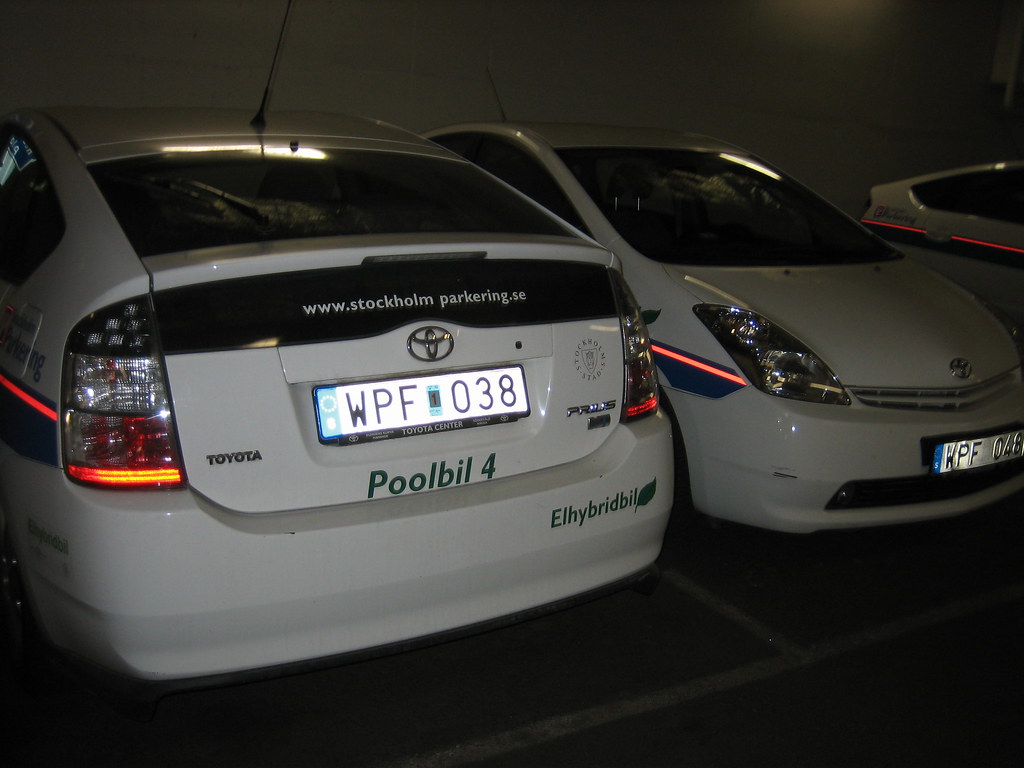
3. **Potential for Higher Insurance Premiums**Another “hidden” cost that can affect hybrid owners is the variability in insurance premiums. While some insurance companies, such as Farmers Insurance and Travelers Insurance, offer discounted premiums for hybrid models, believing that their drivers have a lower risk of accidents, this is not a universal policy across all insurers. Some companies do not provide any special credit for hybrids based on modified driver behavior, treating them similarly to conventional vehicles.
Moreover, some insurers might actually charge more for hybrid coverage. This can occur if their claims history indicates that hybrid components are more expensive to repair or replace when damaged. The advanced technology, specialized parts, and higher overall value of hybrid components can lead to increased costs in the event of an accident, which insurers may pass on to policyholders through higher premiums. The article indicates that insurance costs can run approximately 9% higher for hybrids versus gas equivalents, translating to roughly $41 more monthly.
Therefore, it is crucial for prospective hybrid owners to inquire directly with their insurance agent about what to expect regarding premiums. If an insurer does not offer a hybrid discount or, worse, charges more, it would be prudent to shop around for new coverage. This due diligence can prevent unexpected increases in monthly expenses and ensure that the perceived savings from fuel efficiency are not negated by higher insurance costs over the vehicle’s lifetime.
Read more about: Fort Knox on Wheels: The Ultimate Guide to 15 Anti-Theft Devices That Keep Your Classic Car Safe and Sound
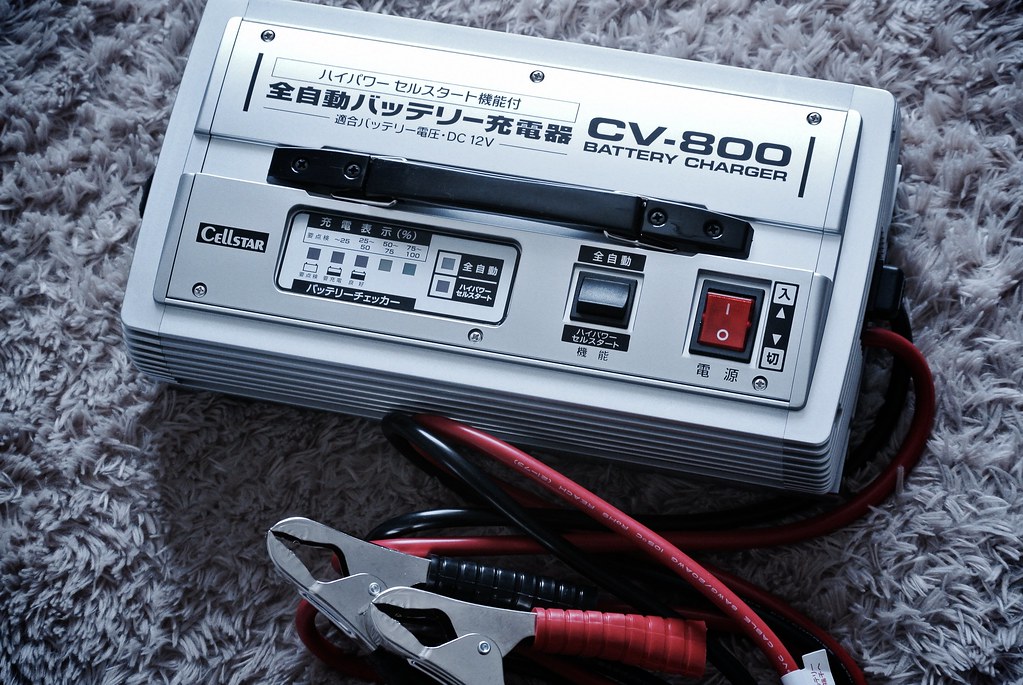
4. **Expensive Battery Replacement Costs (Post-Warranty)**Concerns about potentially expensive repairs for hybrid-specific parts, particularly battery packs, are common among hybrid critics. While owners like Lydia Segal, who owns a Lexus RX 400h, initially expressed concern, extensive research often reveals the longevity of these components. All hybrid-specific components, including battery packs, are covered under warranty for a significant period—typically eight years/100,000 miles or 10 years/150,000 miles, depending on the state. This provides considerable peace of mind for initial owners.
However, once these warranties expire, hybrid battery replacement can become a substantial expense. The cost of replacing a hybrid battery can range from $1,200 to $6,000, depending on the vehicle’s make and model. While the price of nickel-metal hydride batteries used in most conventional hybrids is declining due to increased production volume—Toyota sells Prius batteries for less than $2,200 and Honda Civic hybrid battery packs are about $1,700, down from $2,400 in 2009—it remains a significant outlay that conventional car owners typically do not face.
Despite manufacturers’ reports of batteries lasting over 180,000 miles in testing and real-world examples of taxicabs logging well over 200,000 miles on original battery packs, eventual replacement is inevitable. The lifespan of 8-15 years or 100,000-150,000 miles is impressive, but after this period, the owner bears the full cost. This potential future expense is a critical factor to consider in the long-term financial planning of hybrid ownership, as it can significantly impact the overall cost-effectiveness of the vehicle.
Car Model Information: 2018 GMC Yukon SLT
Name: Lexus RX
Caption: Lexus RX 500h F Sport Performance (TALH17, Germany)
Manufacturer: Toyota
Aka: Toyota Harrier
Production: December 1997 – present
ModelYears: 1998–present
Class: unbulleted list
BodyStyle: SUV
Layout: unbulleted list
Chassis: Unibody
Successor: unbulleted list
Categories: 2000s cars, 2010s cars, 2020s cars, All-wheel-drive vehicles, All Wikipedia articles written in American English
Summary: The Lexus RX (Japanese: レクサス・RX, Hepburn: Rekusasu RX) is a luxury crossover SUV sold since 1998 by Lexus, a luxury division of Toyota. Originally released in its home market of Japan in late 1997 as the Toyota Harrier, export sales began in March 1998 as the Lexus RX.
Considered as the first luxury crossover SUV by many sources, five generations of the RX have been produced to date, the first being compact in size, and the latter classified as mid-size. Both front- and four-wheel drive configurations have been used on the RX series, and several gasoline powertrain options, including V6 engines and hybrid systems, have been offered. In the Lexus model lineup, the RX sits below the larger Lexus LX (marketed as the Toyota Land Cruiser body-on-frame SUVs outside North America, respectively), and below the body-on-frame, but also mid-size GX SUV. The name “RX” stands for “Radiant Crossover”. It has also been labelled as “Recreational Cross Country” in some markets. The RX’s current Toyota counterpart is the Highlander/Kluger; past counterparts included the Harrier and Venza.
The first-generation RX 300, fitted with a 3.0-liter V6 engine, began sales in 1998. The Japanese market Harrier released in 1997 also offered a 2.2-liter inline-four, later uprated to 2.4 liters. The second-generation RX 300 (3.0-liter V6) and RX 330 (3.3-liter V6) models went on sale in 2003, with both variants supplanted by the more powerful RX 350 (3.5-liter V6) in 2006. Like the previous series, a 2.4-liter inline-four engine was sold alongside the 3.0-liter V6 in the Japanese market Harrier. In 2005, a hybridized gasoline-electric version of the 3.3-liter second-generation model was made available as the RX 400h in export markets and as the Harrier Hybrid in Japan. For the third generation released in 2009, both RX 350 (3.5-liter V6) and RX 450h (3.5-liter V6 hybrid) models were initially offered, with an entry-level RX 270 (2.7-liter inline-four) offered by Lexus in some Asian markets, including in Japan, since 2010. Since the release of the third generation, Japanese sales have occurred under the RX name as opposed to Harrier as had been the case previously. In the fourth generation, a turbocharged (2.0-liter inline-four) RX 200t/300 model was introduced to replace the previous 2.7-liter unit.
The RX has been assembled at Toyota Motor Kyushu since launch. The RX and RX Hybrid were the first Lexus models to be built outside Japan, with North American market versions produced at the Toyota Motor Manufacturing Canada plant in Cambridge, Ontario beginning 2003 (RX) and expanded in 2014 (RX Hybrid). Hybrid transaxles are built at the Kokura plant in Kitakyushu, Fukuoka since 2009.
Get more information about: Lexus RX
Buying a high-performing used car >>>
Brand: Lexus Model: RX 400h
Price: $21,606 Mileage: 111,357 mi.
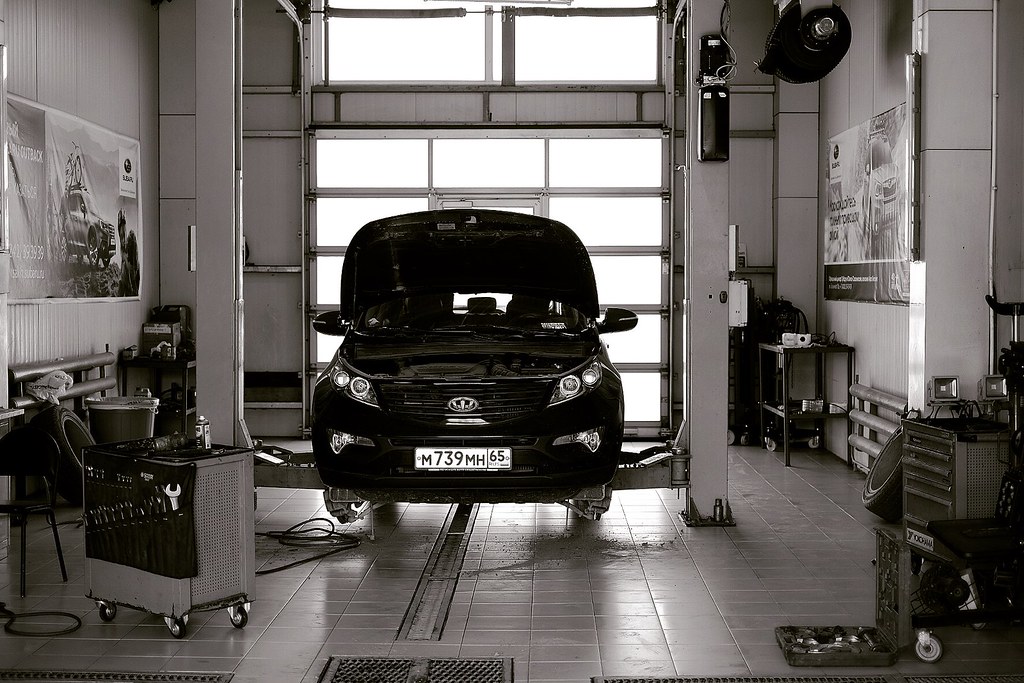
5. **Specialized Maintenance and Repair Expertise**Beyond the battery, the specialized nature of hybrid vehicles introduces another hidden cost: the need for highly trained technicians for maintenance and repairs. While most hybrid cars do not require additional regular maintenance on their hybrid-specific components—with exceptions like the air filter on the battery system of the now-discontinued Ford Escape Hybrid—the complexity of their dual systems can lead to higher labor costs when problems arise. Finding qualified technicians trained to work on hybrid vehicles can sometimes be challenging, contributing to higher labor rates and potentially longer wait times for repairs.
Even routine maintenance tasks can become more expensive. This is because specialized labor often commands higher rates due to the specific training and diagnostic equipment required for hybrid systems. The intricate interplay between the internal combustion engine and electric motors necessitates a deeper level of expertise than that required for conventional gasoline vehicles. This complexity extends to diagnostic time, which can be longer for hybrid-specific issues, further increasing the cost of service.
For hybrid owners, this means that while the frequency of some maintenance, like brake pad replacement, might decrease due to regenerative braking, the cost per hour for labor on any hybrid-specific issues could be higher. This factor can eat into the fuel savings over the vehicle’s lifetime, especially if unexpected problems with the hybrid powertrain or electronic systems occur outside of warranty coverage, necessitating expert intervention.
Car Model Information: 2018 GMC Yukon SLT
Name: Ford Escape
Caption: 2021 Escape Hybrid (US)
Manufacturer: Ford Motor Company
Aka: Unbulleted list
Production: 2000–present
ModelYears: 2001–present
Class: Compact crossover SUV
BodyStyle: SUV
Layout: Unbulleted list
Predecessor: Nissan Terrano II
Successor: Ford Territory (China)
Categories: 2010s cars, 2020s cars, All-wheel-drive vehicles, All Wikipedia articles written in American English, All articles with dead external links
Summary: The Ford Escape is a compact crossover SUV manufactured and marketed by the Ford Motor Company since the 2001 model year. The first Ford SUV derived from a car platform, the Escape fell below the Ford Explorer in size; the Escape was sized between the Ford EcoSport and Ford Edge. The 2005 model year Ford Escape Hybrid was the first hybrid-electric vehicle from Ford, and the first hybrid produced as an SUV.
The first two generations of the Escape used the Ford CD2 platform (jointly developed with Mazda), leading to the release of the rebadged variants, the Mazda Tribute and Mercury Mariner; as with the Escape, both the Tribute and Mariner were marketed in North America (the Mariner was never marketed in Canada). In Europe, the Escape was initially branded as the Ford Maverick from 2001 to 2008 (replacing a Nissan-produced SUV).
Under the mid-2000s “One Ford” globalization strategy, the third and fourth-generation designs of the Escape have been unified with the Ford Kuga, designed by Ford of Europe. Sharing a common body and chassis underpinnings (and several engines), the Escape and Kuga are manufactured in their home markets. As with previous generations, the fourth-generation Escape is offered with gasoline, hybrid, and plug-in hybrid options. Outside of North America, the Ford Escape is marketed in Australia, China, and Taiwan.
In August 2025, it was announced that Ford will be discontinuing the Escape after the 2026 model year.
Get more information about: Ford Escape
Buying a high-performing used car >>>
Brand: Ford Model: Escape Hybrid
Price: $21,606 Mileage: 111,357 mi.
Read more about: Don’t Get Scammed: 14 Car Services and Accessories That Are a Total Waste of Your Money
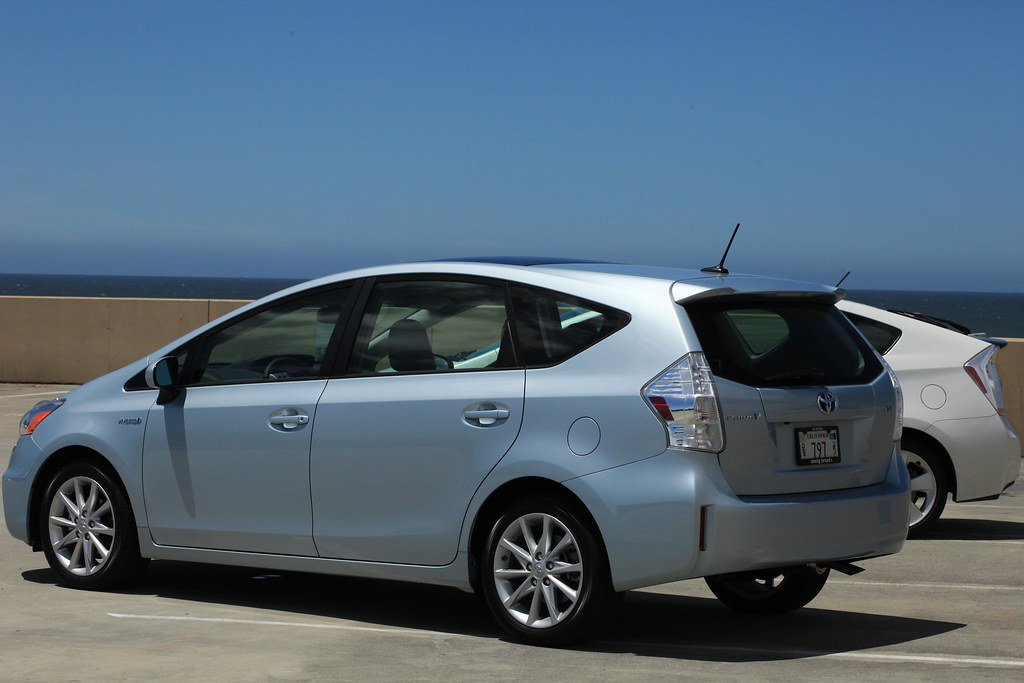
6. **Higher Cost of Specialized Hybrid Components if Damaged**In addition to specialized labor, the unique components within a hybrid vehicle can be significantly more expensive to repair or replace if they are damaged. Unlike traditional gasoline-powered cars that rely solely on an internal combustion engine, hybrids incorporate electric motors, sophisticated battery management systems, and regenerative braking technology, all of which are distinct and often proprietary. These specialized parts contribute to the higher overall value of the vehicle and, consequently, the potential cost of repairs.
For example, the regenerative braking system, which is a key component in a hybrid’s efficiency by capturing kinetic energy to recharge the battery, can be costly to fix if it malfunctions. Such systems are more intricate than conventional hydraulic brake setups. Should any of these advanced components be damaged in an accident or fail outside of warranty, the replacement cost can be substantial due to their complex design and the specialized manufacturing processes involved. This contrasts with the generally more ubiquitous and less expensive parts found in gasoline-only cars.
Furthermore, the advanced technology embedded in hybrid cars often means that repairs cannot be performed by just any mechanic. The need for specialized facilities and diagnostic tools, coupled with the potential for less common parts having limited availability, can inflate repair bills. This is a critical consideration because while hybrids may offer benefits in fuel economy, the financial exposure to high-cost component repairs can quickly offset those savings, presenting a significant hidden cost for owners.
Read more about: The 14 Essential Questions to Ask Before Buying a Car: Your Comprehensive Guide to Safety and Value
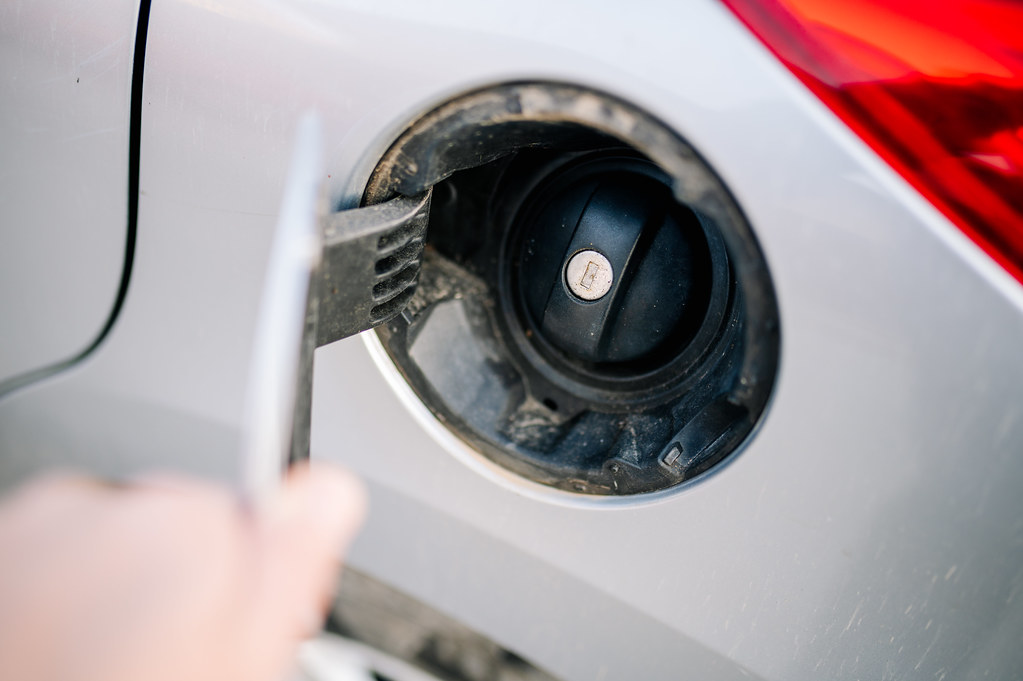
7. **Real-World Fuel Economy May Fall Short of EPA Ratings**While fuel efficiency is widely touted as the primary strength of hybrid vehicles, the real-world experience for many drivers often falls short of the official EPA ratings. The EPA itself acknowledges that even after its 2008 revision of fuel economy test procedures, the ratings for hybrids can easily be 20-30 percent higher than what most drivers will actually experience. This discrepancy is a significant hidden cost, as actual fuel savings may not be as robust as anticipated, delaying the break-even point for the higher initial purchase price.
Hybrids achieve their best fuel economy under specific conditions: at low speeds and in stop-and-go traffic, where the electric-drive system performs much of the work. However, this advantage largely diminishes at sustained highway speeds, where the gasoline engine operates more continuously. This means that drivers who predominantly travel on highways may find their fuel savings less substantial than city drivers, directly impacting the financial return on their hybrid investment.
Complaints have arisen, such as those stinging Ford Motor Co., where its hybrids were reportedly not delivering anything close to their EPA-rated 47 mpg, prompting the company to announce upgrades to bring real-world efficiency closer to official ratings. Beyond the test protocol, factors such as speed, hard braking, quick acceleration, cargo loads, and the use of air conditioning further influence actual mileage. Therefore, while EPA ratings serve as a valuable guide, they should not be considered a promise, and prospective buyers must factor in the potential for real-world driving conditions to reduce their expected fuel savings significantly.
As we shift our focus from the initial purchase and direct maintenance costs, a deeper dive reveals that the operational realities of hybrid ownership can present their own set of unexpected drawbacks. These aren’t always immediately apparent but can significantly impact the overall user experience and financial equation over time. Understanding these performance and operational nuances is crucial for any consumer considering a hybrid vehicle.
Read more about: Beyond the Hype: 13 New Cars That Stumbled in Their Toughest Crash Tests, Exposing Hidden Safety Flaws
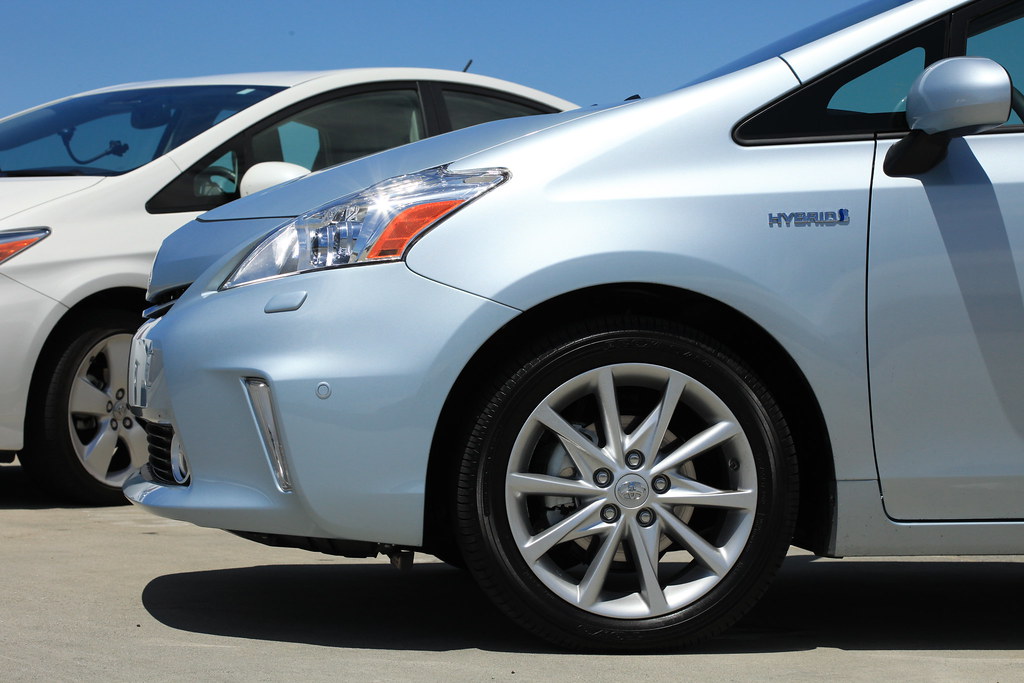
8. **Cold Weather Efficiency Drop**One significant operational drawback that hybrid owners in colder climates often face is a noticeable drop in fuel efficiency during winter months. The sophisticated systems designed to maximize efficiency in moderate temperatures become less effective when the mercury plummets. This is because cold weather impacts battery performance and forces the gasoline engine to run more frequently to heat the cabin and bring components up to optimal operating temperature.
The data reveals a stark reality: hybrid fuel economy can decrease by 20-40% in city driving. For shorter trips, where the electric motor would typically contribute significantly, this drop can be even more pronounced, ranging from 25-45%. This means that a hybrid vehicle typically rated at 50 mpg could, under cold conditions, perform closer to a 33 mpg vehicle. Such a considerable reduction in efficiency directly eroding the anticipated fuel savings, particularly for those living in regions with long, harsh winters.
At temperatures below 20°F, the efficiency loss is quite substantial, potentially dropping by 30-34%. The vehicle’s computer prioritizes engine warmth to ensure optimal operation and cabin heating, often sidelining the electric-only mode that contributes greatly to fuel economy. This cold weather compromise can be a significant hidden cost, as drivers find themselves visiting the gas station more frequently than expected during the colder parts of the year.
Read more about: 12 Massive Fortunes: The Surprising Ways Wealth Was Lost, Stolen, or Secured During the Great Depression
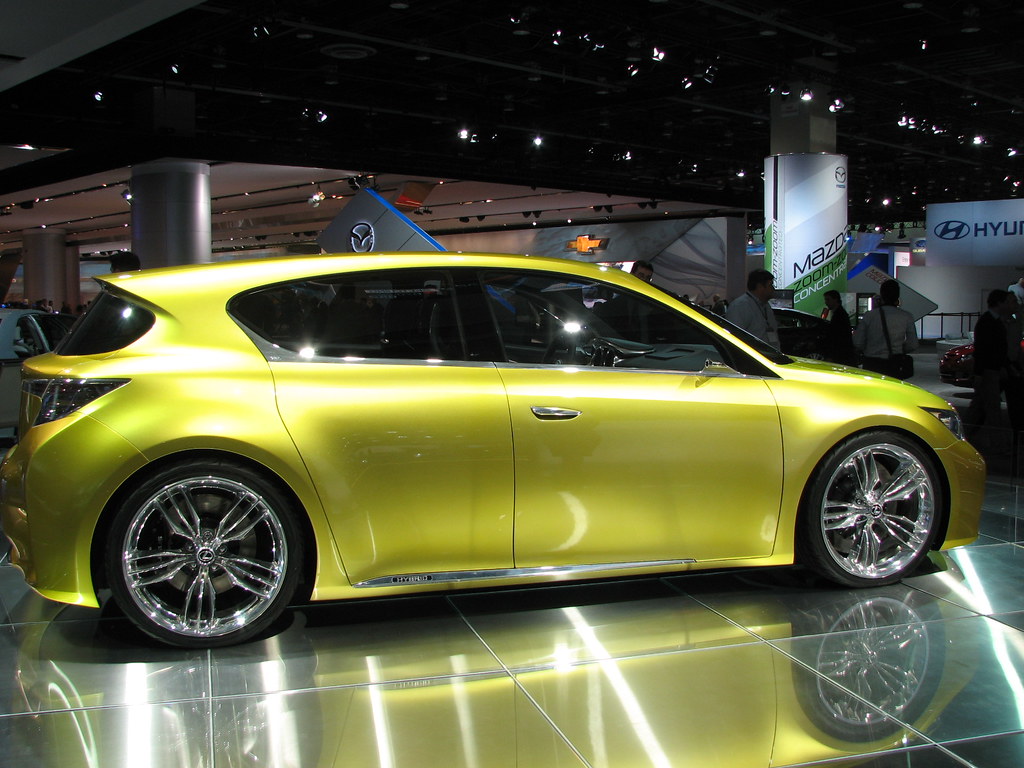
9. **Performance Trade-offs: Acceleration and Towing Capacity**While hybrids are celebrated for their efficiency, they often come with a trade-off in performance metrics compared to their conventional gasoline-powered counterparts. For drivers who prioritize brisk acceleration or robust towing capabilities, this can be an important consideration. The engineering emphasis on fuel economy sometimes means sacrificing outright power or responsiveness.
Many hybrids, despite their advanced technology, may still deliver slower acceleration. This is often due to the combined weight of the gasoline engine and the heavy battery pack, which adds mass to the vehicle. While the electric motor provides instant torque at lower speeds, the overall power delivery can feel less vigorous than a comparable gas-only vehicle, especially during higher-speed maneuvers or when trying to merge onto a busy highway.
Furthermore, the design of hybrid powertrains can lead to reduced towing capacity. The electric motors and battery systems are typically optimized for efficiency rather than for heavy-duty hauling. For consumers who occasionally need to tow a boat, a small trailer, or other equipment, this limitation could be a practical disadvantage. It’s crucial for prospective buyers to assess their performance needs carefully and compare the specific towing capacities of hybrid models against their conventional alternatives.
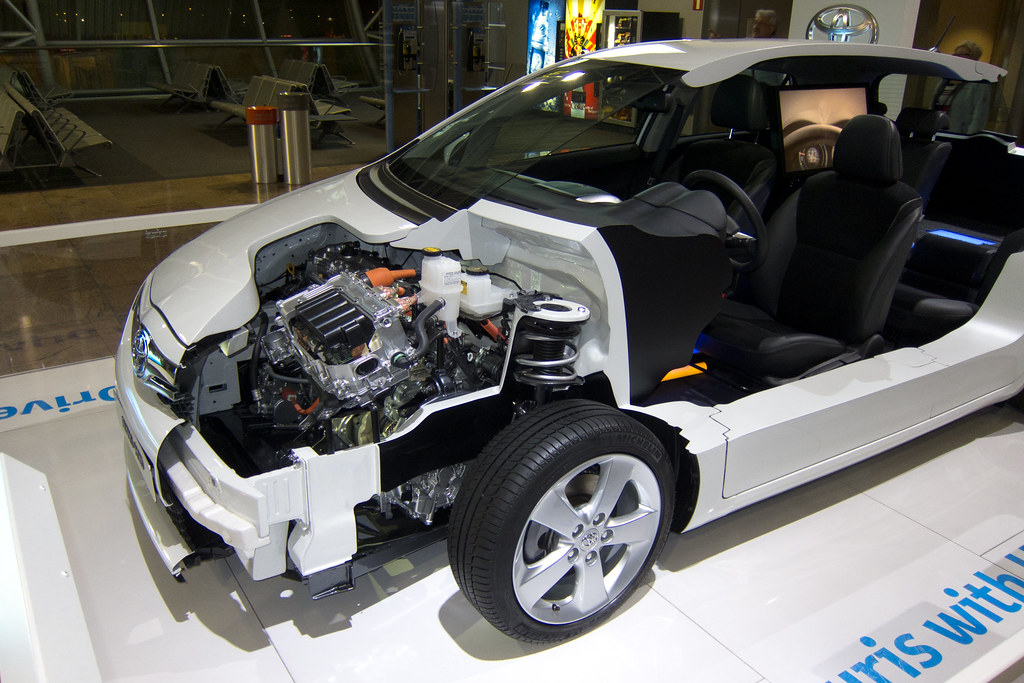
10. **Potential for Reduced Resale Value Due to Battery Aging and Rapid Technological Advancement**While hybrids generally maintain strong resale values due to increasing demand for fuel-efficient vehicles, certain factors inherent to hybrid technology can, in specific circumstances, lead to a potential reduction in resale appeal and value for individual vehicles. This nuance is a critical consideration for long-term ownership. The condition and remaining lifespan of the high-voltage battery system, for instance, can significantly influence a used hybrid’s market price.
Prospective buyers of used hybrids may express hesitancy or demand a lower price if they anticipate needing to replace the expensive battery pack soon after purchase. Even though warranties cover these components for many years, the eventual expiration date looms, and the cost of replacement can be substantial, ranging from $1,200 to $6,000. This future expense becomes a bargaining chip for buyers, potentially reducing what a seller can command for their vehicle.
Moreover, the rapid pace of hybrid technology advancement can result in older models becoming technologically outdated more quickly than conventional vehicles. Newer hybrids continually offer better fuel economy, more advanced features, and improved battery technology. This rapid evolution can cause the resale value of older hybrid models to depreciate faster, as they are superseded by more efficient and capable successors, impacting their attractiveness in the second-hand market.
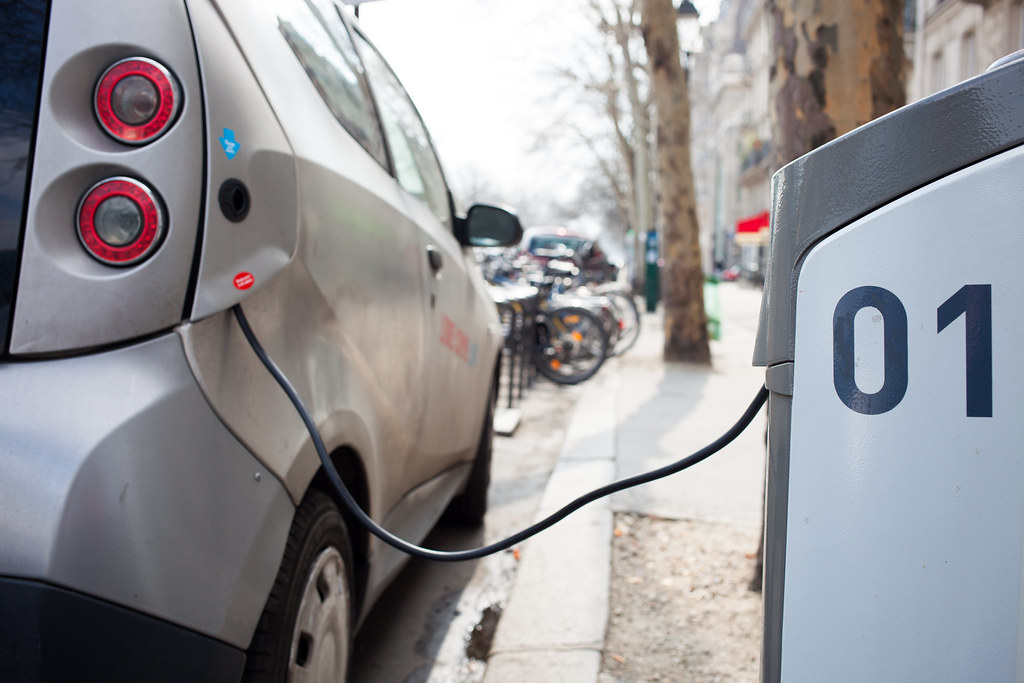
11. **Costs Associated with Home Charging Infrastructure for Plug-in Hybrids**For those considering plug-in hybrid electric vehicles (PHEVs), an often-overlooked cost is the investment required for home charging infrastructure. While PHEVs offer extended electric-only range, fully realizing this benefit usually involves installing a dedicated charging station at home, which represents an additional, unanticipated expense beyond the vehicle’s purchase price.
The cost of installing a home charging station can vary widely depending on the type of charger (Level 1 or Level 2) and the existing electrical setup of the residence. This might include the purchase price of the charging unit itself, as well as the labor and materials for electrical upgrades if the home’s panel cannot support the additional load. These installation costs can add hundreds or even thousands of dollars to the total ownership expense.
While public charging stations are becoming more prevalent, the convenience and cost-effectiveness of home charging are undeniable for most PHEV owners. Relying solely on public infrastructure can lead to higher operating costs due to per-session fees or higher per-kilowatt-hour rates compared to residential electricity. Therefore, the upfront investment in a home charging solution, though beneficial, must be factored into the comprehensive financial assessment of plug-in hybrid ownership.
Read more about: Maximizing Your EV Savings in 2025: A State-by-State Guide to the 14 Best Incentives and Rebates

12. **Diminished Fuel Efficiency at Sustained Highway Speeds**While hybrid vehicles are celebrated for their exceptional fuel economy, particularly in urban environments, their advantage can significantly diminish when operating at sustained highway speeds. This specific operational characteristic can lead to real-world fuel savings that are less substantial than many drivers initially anticipate, especially if their primary driving consists of long commutes or frequent highway travel.
The core reason for this diminished efficiency lies in how hybrid powertrains are optimized. Hybrids achieve their best fuel economy in stop-and-go traffic or at low speeds, where the electric motor can do much of the work or assist the gasoline engine, and regenerative braking can recapture energy. At higher, constant speeds, the gasoline engine typically takes over as the primary power source, and the opportunities for electric-only driving or significant regenerative braking are reduced.
Consequently, the fuel savings gap between a hybrid and a conventional gasoline vehicle of similar size tends to narrow considerably on the highway. Drivers who predominantly use their vehicles for sustained high-speed travel may find that the hybrid advantage largely goes away, leading to a longer period to recoup the higher initial purchase price through fuel savings alone. This specific driving pattern is a crucial factor in determining the true financial benefit of a hybrid.
Read more about: 14 Classic Luxury Autos Young Professionals Are Smartly Avoiding: Unpacking the Hidden Costs and Why They Pass on These Status Symbols
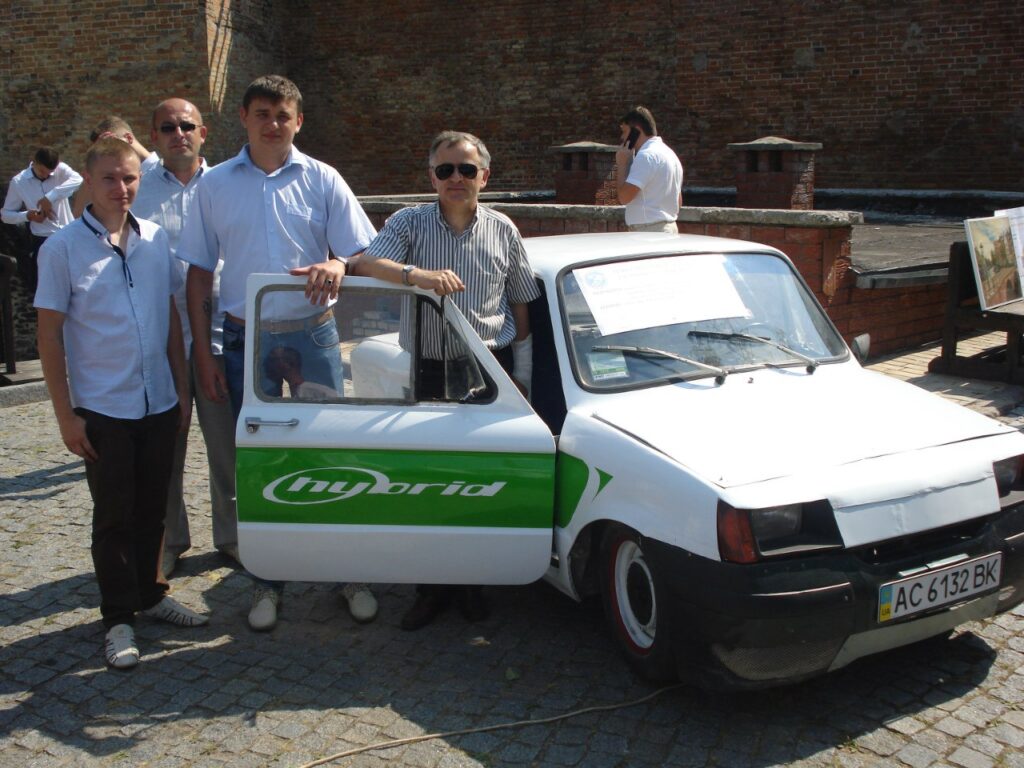
13. **Increased Diagnostic Time for Complex Hybrid Systems**The sophisticated interplay between a hybrid vehicle’s internal combustion engine, electric motors, and advanced battery management systems, while beneficial for efficiency, introduces an inherent complexity that can lead to increased diagnostic time when issues arise. This extended diagnostic process directly translates into higher labor costs for repairs, adding another hidden expense for owners.
Unlike conventional vehicles where many issues can be quickly identified using standard diagnostic tools, hybrid systems require specialized equipment and highly trained technicians to accurately pinpoint problems within their intricate dual powertrains and electronic controls. The diagnostic pathways are more complex, and technicians often need more time to analyze data from multiple interconnected systems before identifying the root cause of a malfunction.
This extended diagnostic time, often charged at premium rates due to the specialized expertise required, can significantly inflate the total repair bill for hybrid owners. Even if the actual repair itself is straightforward, the process of isolating the problem can be costly. This factor contributes to the “more expensive repairs” aspect of hybrid ownership, beyond just the cost of parts, making it a critical consideration when evaluating long-term expenses.
Read more about: Unlocking Dealership Gold: 15 Proven Strategies Car Dealers Use to Maximize Profit on Every Sale and Secure Their Future
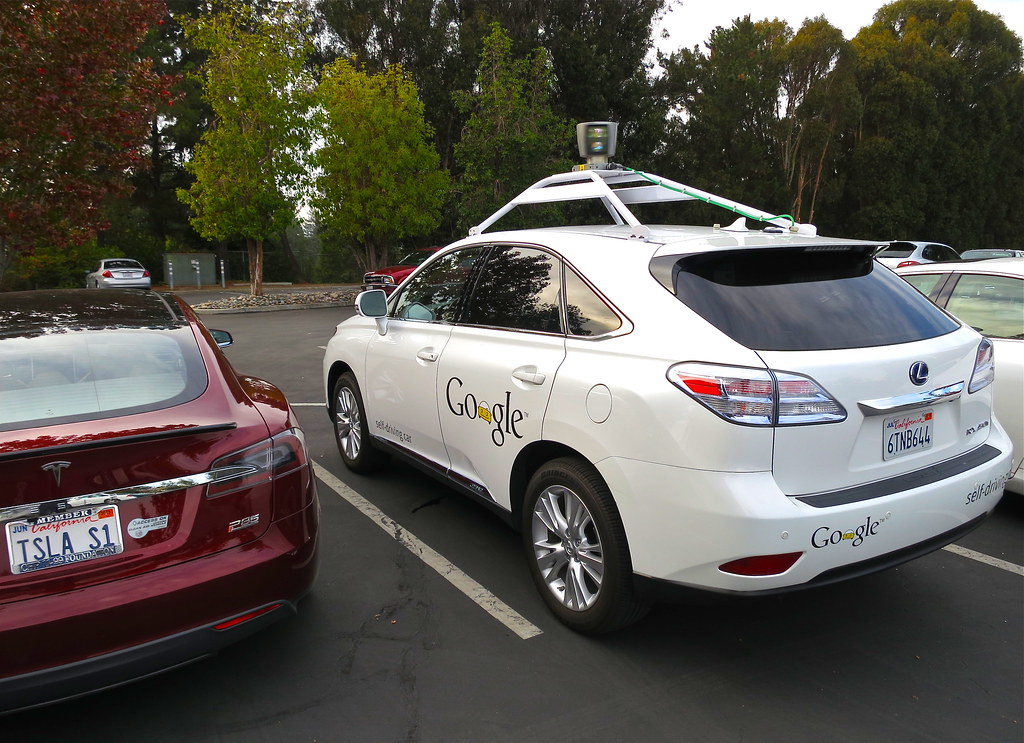
14. **Variability and Extended Break-Even Timelines for Financial Savings**While the promise of fuel savings is a primary motivator for hybrid purchases, the reality of achieving a positive return on investment (ROI) is not always straightforward or quick. The timeline for fuel savings to offset the higher upfront purchase price, known as the break-even point, exhibits significant variability and can be considerably extended for some hybrid models and driving habits. This uncertainty constitutes a hidden financial reality.
For instance, specific models like the Toyota Highlander may offer a relatively quick break-even, recouping an initial premium of $3,000 in as little as 2.3-2.8 years at current gas prices. However, other popular models, such as the Toyota Camry LE hybrid, command a higher premium (approximately $7,500 more than its gas equivalent), pushing the break-even point out to a much longer 9-11 years. This wide range highlights that not all hybrids offer the same financial advantage or payback speed.
Moreover, individual driving patterns play a crucial role in this calculation. Drivers who cover more than the average 13,476 miles annually will naturally reach their break-even point sooner, as they accumulate fuel savings more rapidly. Conversely, low-mileage drivers will find their payback period significantly extended. Therefore, accurately assessing the financial viability of a hybrid requires a personalized calculation, acknowledging that the promised savings are a long-term commitment with variable returns based on model choice and usage.
While hybrid vehicles undeniably offer compelling advantages in fuel efficiency and environmental impact, it’s clear that their ownership journey involves a mosaic of financial and operational considerations extending far beyond the initial purchase. From the nuanced performance characteristics in varying conditions to the long-term financial calculations for break-even, a truly informed decision demands a comprehensive understanding of these multifaceted aspects. As the automotive landscape continues its rapid evolution, equipping yourself with detailed, unbiased information remains paramount. By thoroughly evaluating these hidden costs and understanding the specific trade-offs, consumers can navigate the increasingly diverse market with confidence, ultimately choosing a vehicle that truly aligns with their financial goals, driving habits, and personal values. The future of personal transportation is diverse, and making an educated choice is your most powerful tool.


